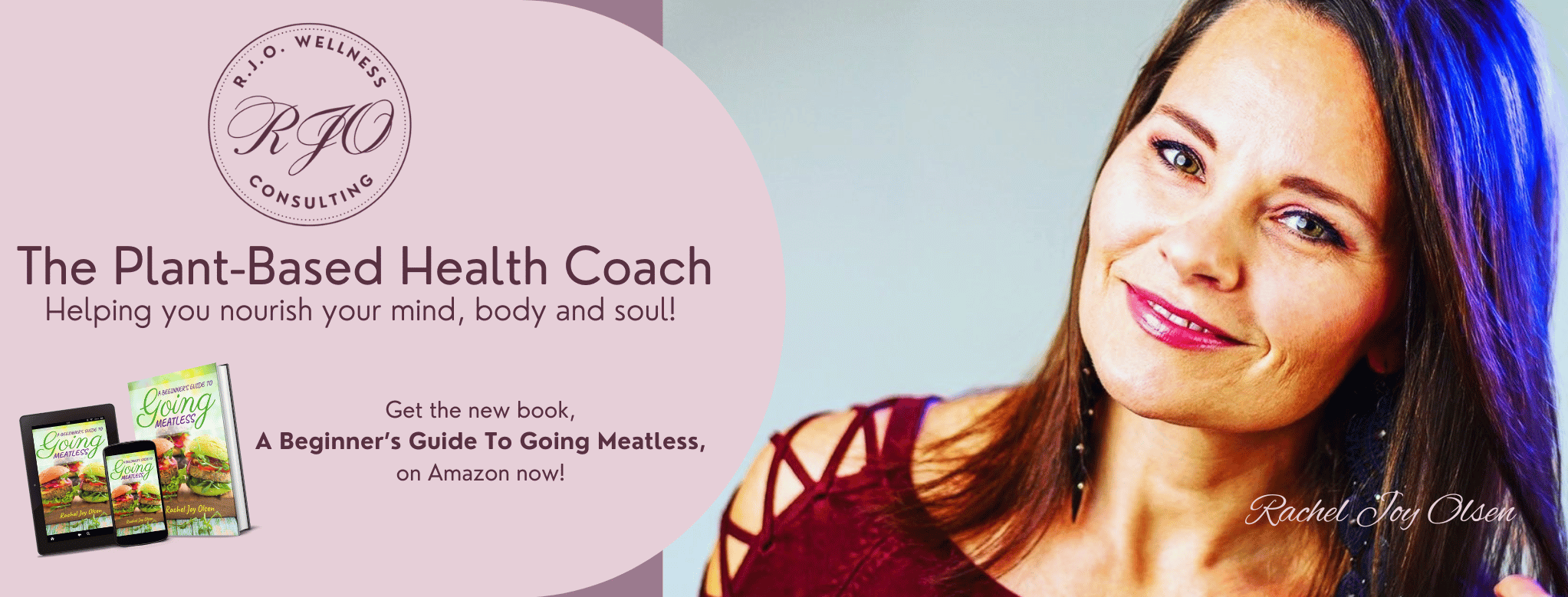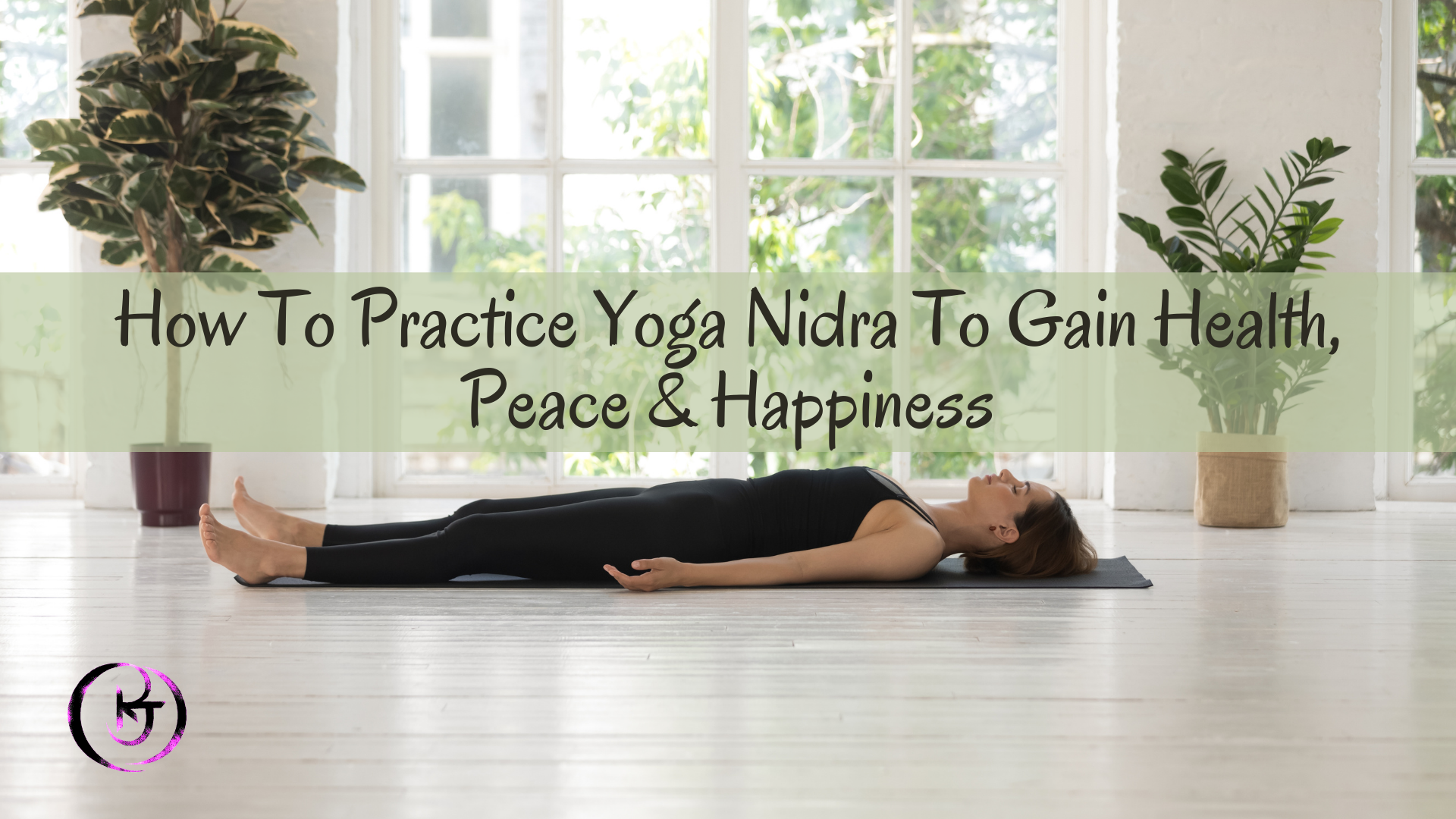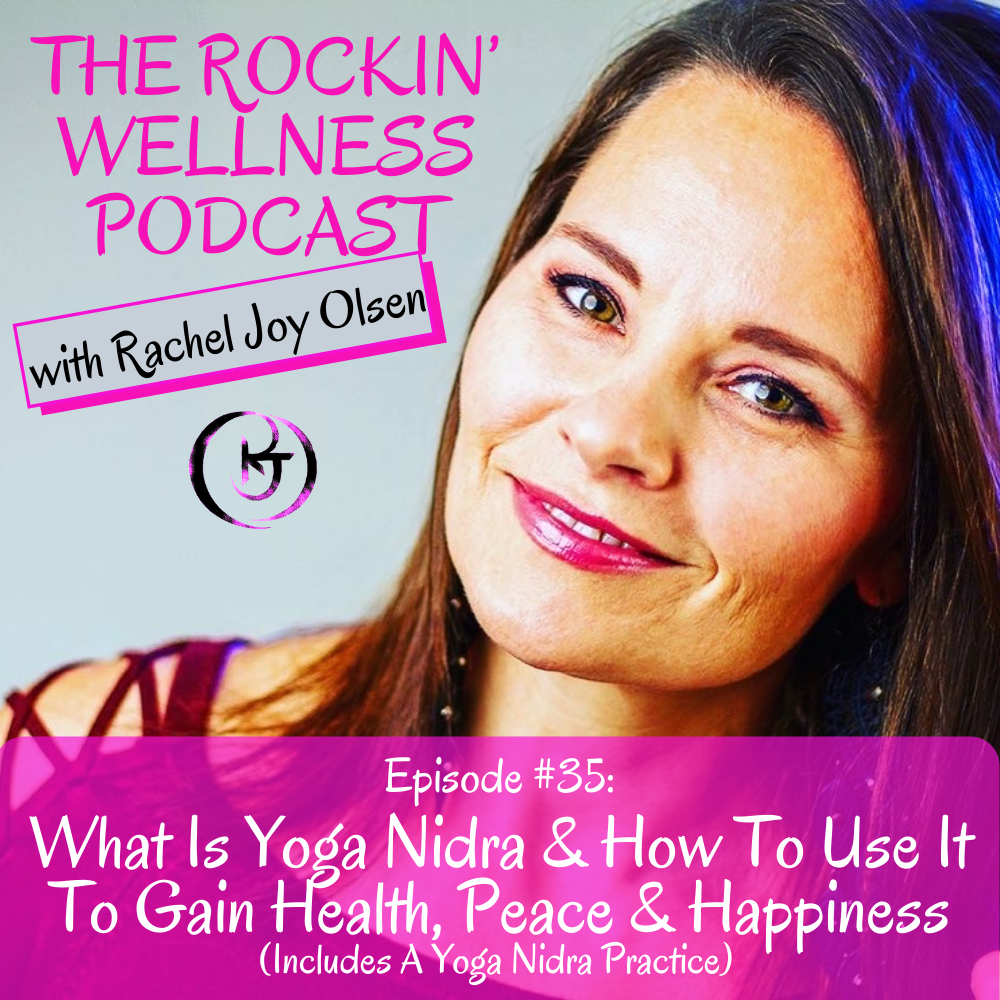Yoga Nidra, is also known as yogic sleep. It is a meditation and conscious relaxation practice that is intended to place you in total physical, mental, and emotional relaxation. Experts say that an hour of yoga nidra can be as restful and beneficial as four hours of regular sleep. In this blog, you will learn about yoga nidra, what it is, the benefits thus type of practice provides, how it differs from a meditation practice and how you can use it to gain better health, peace and happiness in your life.
I tried yoga nidra the first time a few years ago when I was taking my yoga teacher training. I had absolutely no idea what to expect. I’d never heard of this style of yoga before but I was curious to know more. My first session was difficult. I found it hard to keep my body still and stay awake and I came out of the practice feeling groggy and a bit cranky. However, the next time I tried it, with my fellow yoga classmates, I was able to find a relaxed, blissful state. As I’ve explored the practice since then, I’ve experienced some of the profound benefits. Let’s take a look at the ways yoga nidra can help you gain better physical, and emotional health, peace and happiness in your life.
Aside from being relaxing, restorative and restful, studies have shown that yoga nidra has many physical and emotional benefits including:
- Helps to ease insomnia and help with sleep
- Decrease anxiety
- Alleviate stress
- Reduce PTSD, chronic pain and chemical dependency
- Heighten awareness and focus
- Transform negative habits, behaviours and ways of thinking
- Foster feelings of peace, calm, and clarity
It sounds a lot like meditation, doesn’t it? The benefits and reasons why people practice yoga nidra are similar to mediation but there are some subtle differences between the two practices.
Meditation is typically a seated practice, where your body is comfortable, yet upright and alert. During meditation, you often consciously place your attention on one anchor, such as the breath, a mantra or a guided voice to take you through the practice. In meditation, people can experience multiple states of consciousness within a single meditation. Many stay in what’s known as the waking state of consciousness, which is the state of consciousness where the majority of us humans spend most of our waking hours. There are certain meditation techniques that take you into transcendental consciousness, and even beyond, into higher states of consciousness.
As opposed to mediation, Yoga Nidra is generally practiced lying down so you can let go completely. To keep you fully comfortable and relaxed you usually use props, pillows and blankets. A typical yoga nidra practice is highly guided, and takes your attention to specific places through a series of steps as you will experience in the upcoming practice. These specific instructions and guidance, often make it easier to relax than in silent meditation practice. During yoga nidra, you move into a state consciousness that is somewhere between sleep and consciousness; often called the twilight zone. You are no longer awake but you aren’t sleeping.
Both meditation and yoga nidra provide great and similar benefits. However, If you’re new to meditation and find yourself getting frustrated or having difficulty meditating, yoga nidra may be a good place to start.
Although there are many different ways of teaching and practicing a typical yoga nidra practice includes the instructor guiding you through several mental visualization stages to relax the body, mind and emotions.
These steps may include:
- Setting an intention, which is yoga nidra is also called a sankalpa
- Focusing in on pure body awareness and relaxation
- Breath awareness and manipulation of the breath
- Emotional awareness
- Visualization
- And finishing up by slowly waking the body and mind back up and ingraining back into a fully conscious state.
The intention of each step of the practice to take you into a deeper state of consciousness, between asleep and fully awake, where you’re fully conscious but your body and mind are fully at rest and ease. When you set a conscious intention, or sankalpa, at the beginning of your yoga nidra practice, and then let go and allow for deep relaxation of the body, mind and emotions, your unconscious opens up to new ways of thinking, healing, and fulfilling your conscious intentions in your daily life.
So whether you want to try yoga nidra to help you relax and release stress, or you want to gain access to creating real positive changes in your life, the practice can help you reach your goals.
Now, if you are somewhere where you can lie down and come to a comfortable relaxed position do so now and get ready to practice yoga nidra. If you are not in a place where you can practice now I encourage you to pause this podcast and come back to when you can practice so you can experience the full benefits of the practice. So, get comfortable and get ready to practice yoga nidra.
CLICK HERE to listen to episode 35 of the Rockin’ Wellness Podcast and experience a short yoga nidra practice.
For more free yoga and mediation classes CLICK HERE and to join a live online yoga class CLICK HERE.
I hope you found value from this information today!
Until next time my friends, keep rockin’ your wellness.


